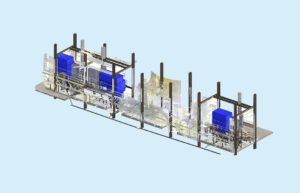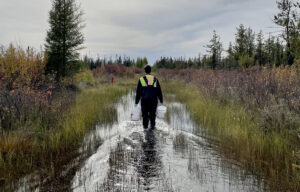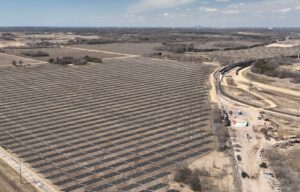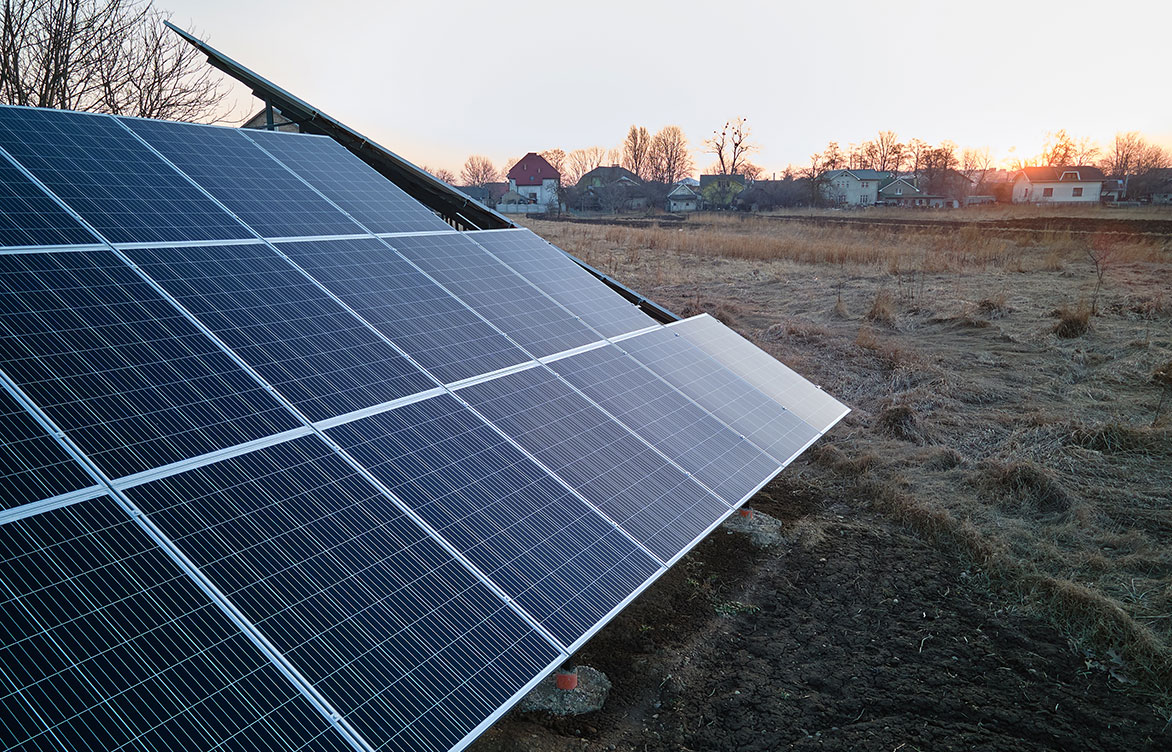
New technology expands access to solar energy
Community solar energy is unlocking a vital renewable energy resource to groups who previously couldn’t access it. This technology, which draws solar energy from a single source and shares it to multiple owners or subscribers, is growing throughout the U.S. and Canada. Forty-three states and the District of Columbia have at least one community solar project, and 22 states have passed legislation supporting it.
In New Mexico, communities who may not have access to traditional solar energy can purchase shares in a community solar facility to shift some of their energy consumption to renewable sources. The Community Solar Act, passed in 2021, also requires the state’s three regulated utilities to establish community solar programs, including acquiring the full output of any community solar facilities connected to their distribution system and providing community solar credits to subscribers.
Staff from the former Exponential Engineering Company (EEC), who joined Barr in May 2023, recently helped two developers—Soltage, LLC and Syncarpha Capital—navigate the interconnection application and bid submittal processes. The project involved evaluating potential sites, assessing interconnection requirements, and preparing and submitting the interconnection applications. The process was protracted and complex, as the New Mexico Public Regulation Commission (NMPRC) had not yet developed rules or processes for interested parties to apply for the Community Solar Program. Initially, utilities requested that their standard small-generator interconnection application processes be followed, which can be time-consuming and expensive. But after hearing feedback from developers, utilities, consumers, and other affected parties, the NMPRC issued a rule that requires utilities to streamline the process.
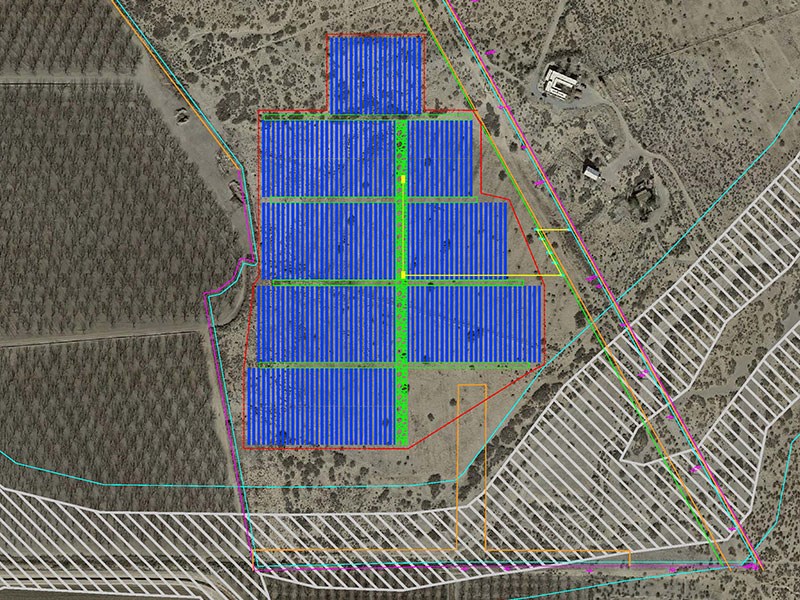
Quickly reacting to the new rule, we gathered information from the utilities regarding minimum substation transformer loading and interconnection requirements to select the most feasible and cost-effective sites. We then put together single-line diagrams, site plans, and interconnection applications for our clients to submit in response to the NMPRC’s community solar request for proposals.
Barr's in-depth knowledge of small generation interconnection requirements and our ability to work collaboratively with utilities and government entities can help expand our clients' access to solar energy. For more information about community solar design, contact our team.
About the author
Tom Ghidossi has more than four decades of experience serving as principal and project manager for electrical engineering projects, including numerous solar energy facilities. He has an extensive background in designing and analyzing low-, medium-, and high-voltage power generation, transmission, and distribution systems including utility, industrial, and commercial systems (600V to 500kV). Prior to joining Barr, Tom founded Exponential Engineering Company in 1993, leading that firm to provide responsive and personalized service to the electric power industry.






